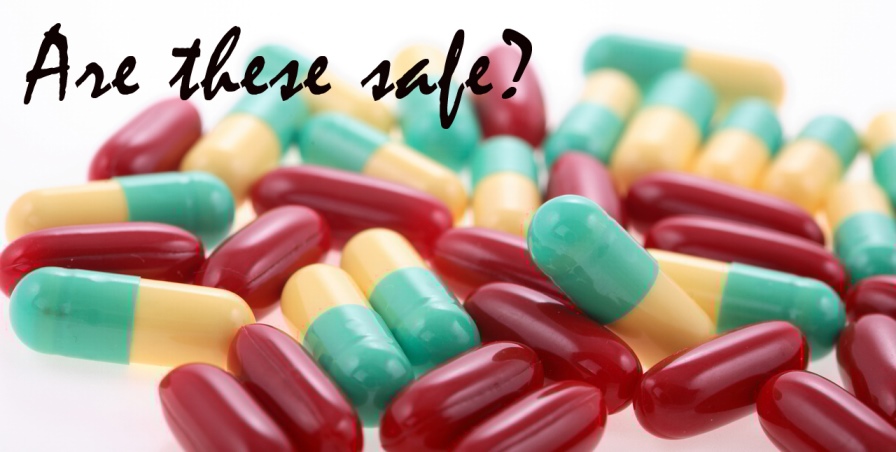‘All drugs need to be safe and efficacious’ is an ideal goal and the objective of the pharmaceutical industry, researchers and the regulatory agencies is to come closer to this goal as much as possible. In the public health scenario the concepts of drug safety takes a higher priority due to a wider application of therapeutics outside of a controlled environment of clinical trials with rare and idiosyncratic effects surfacing with experience.
Extensive availability of electronic health data has created opportunities to precisely characterize and confirm potential drug safety issues. The importance in public health of a well coordinated network of a wide population based database and data accrual due to active surveillance is immense however socioeconomic and ethical challenges do prevail and needs a continuous evolution of best practices. A comprehensive public health drug safety surveillance network must establish a working definition of a definite safety signal, practical screening algorithms, and validate criteria to confirm or refute any noise identified through screening.
Guidelines need to be documented for communication of safety signals in a public health pharmacovigilance system with a thorough auditing at regular intervals.
Most of the regulatory agencies and pharmaceutical companies utilize the available large scale databases for their pharmacovigilance activities (signal detection). A few of the important databases include the FDA database (Adverse Event Reporting System [AERS], WHO database (VIGIBASE), GSK’s global safety database (OCEANS), etc
It is well recognized that the regions with limited resources for drug safety surveillance need them the most. The conventional divide between drug safety and public health needs to go. The incorporation of pharmacovigilance system inside the public health framework is well recognized by the WHO and is seen as a necessary element of healthcare delivery.
A focused training of professionals is an essential component of capacity building at peripheral healthcare facilities because adverse drug reactions are usually not well understood and in many regions seldom detected and adequately reported.
There is a also a need to create pubic private partnerships to create networks of governmental and private databases and continuously evaluate and prioritize safety questions of relevance to public health. Methodologies need to evolve and a trained workforce is of paramount importance to conduct public health safety surveillance and understand how to interpret the findings and ultimately draw recommendations for future healthcare practices.
The entire public health community worldwide will benefit from better methods of public health safety surveillance and highly trained professionals with a wide dissemination of knowledge across the different strata of the healthcare enterprise.


